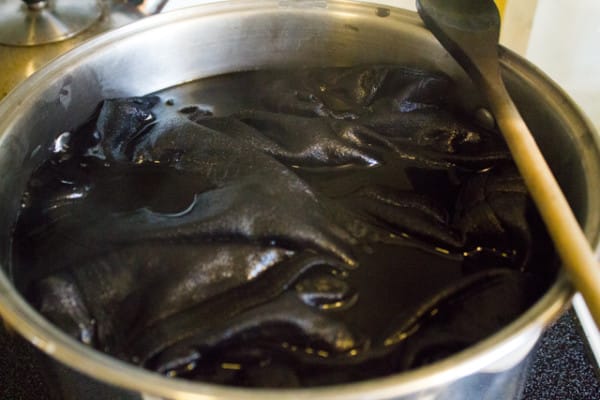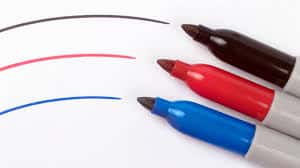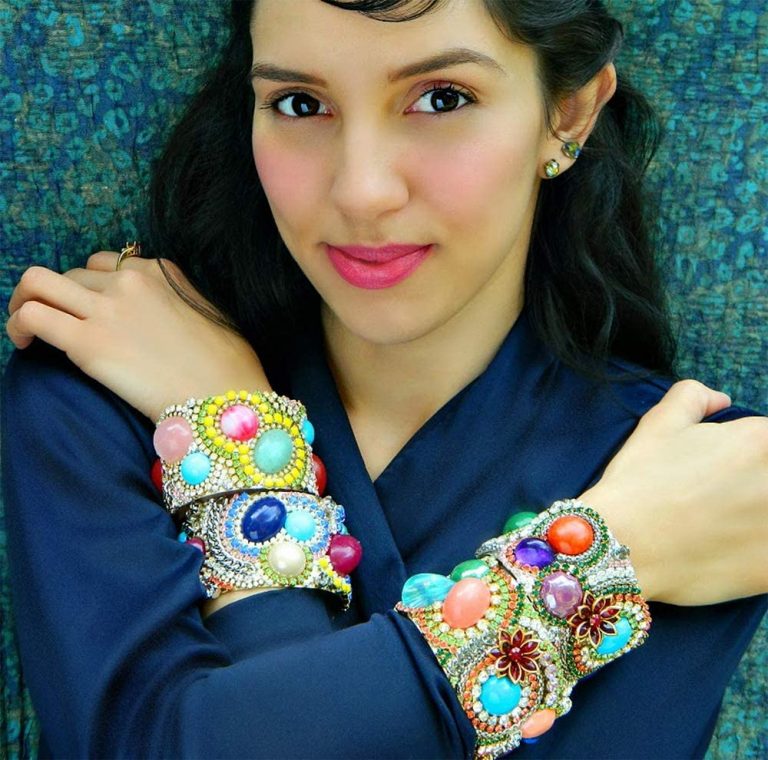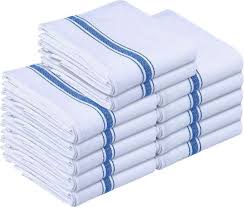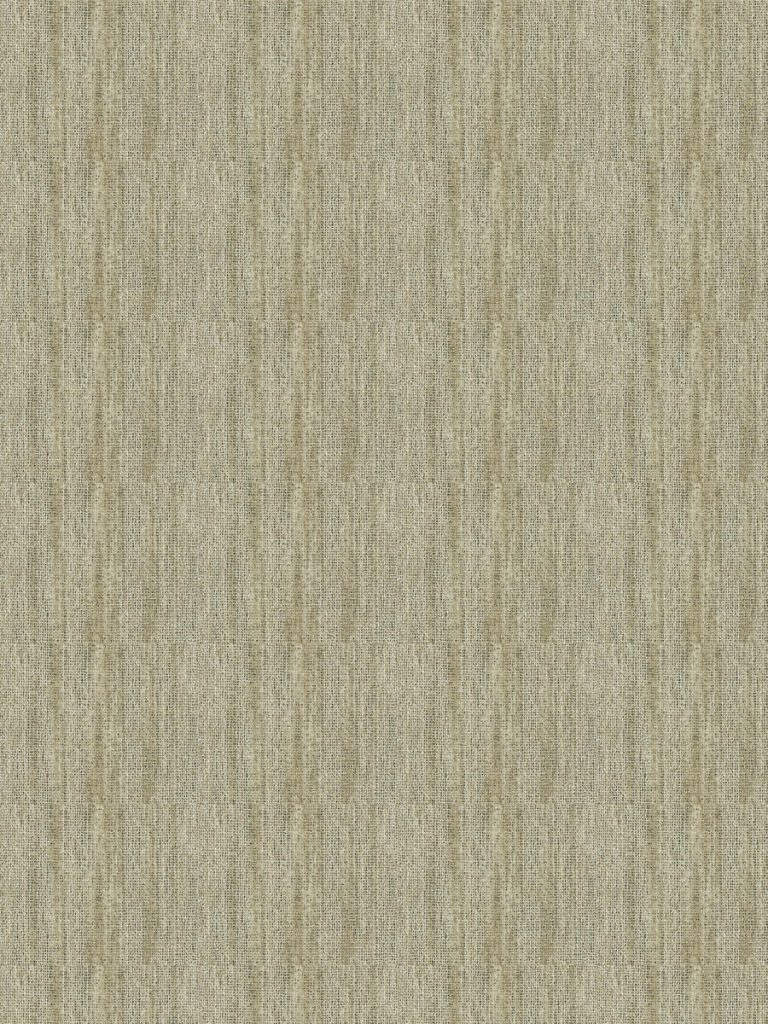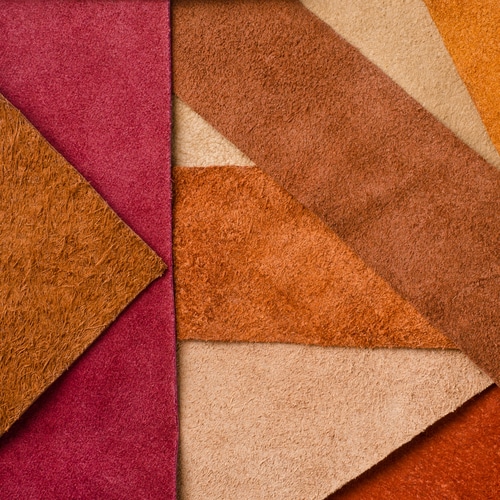Buckram Fabric: History, Properties, Uses, Care, Where to Buy
If you are an avid book reader, you will love everything about the book. Not just how the words serenade you, but how the touch of a book sends you out of this world to an unfathomable place. You love to hold the book and would do anything to wrap yourself in it.
Though we can’t send you into the book, close to it, we can tell you about the fabric commonly used for bookbinding. Though you may recognize Buckram from hat-making, and you might even own a Buckram item. So, let’s learn about Buckram.
| Content Summary | Pros | Cons |
|---|---|---|
| History of Buckram | – Has been in the textile industry since the Middle Ages | – No derivation of the word Buckram found |
| Properties of Buckram | – Durable, can last for years | – Cleaning can be challenging |
| – Water-resistant, protects against stains | ||
| – Resists attack of insects and fungi | ||
| – Keeps its shape | ||
| Common Uses for Buckram | – Bookbinding | – Limited uses due to stiffness |
| – Millinery (for making hats) | ||
| – Burlesque apparel | ||
| Caring for Buckram | – Handwashing and air-drying recommended | – Machine washing not recommended |
| – Dry-cleaning optional | – Cold water can damage fibers | |
| – Use warm water for cleaning | ||
| – Be careful not to excessively clean |
Table of Contents
History of Buckram
We still haven’t come across the derivation of the word Buckram itself but what we did find out was that Buckram goes back as far as the Middle ages. This cotton fabric has been in the textile industry for quite some time now.
Initially, it was termed as Bokeram, as it was just an ordinary cotton cloth that was not made stiff. It was versatile use and was popular in the fashion and garment industry.
Properties of Buckram
Buckram is a very distinctive fabric that doesn’t share the common properties of other fabrics. This cotton fabric is soaked in a sizing agent to be stiff and then dried. This makes it specific to its use. It has other notable properties like:
Durable
Buckram is a sturdy and durable fabric that can easily survive rough use. This investment is a one time purchase and can last for years and even decades in the end.
Water-Resistant
This fabric is resistant to water, and that is evident with the fact that the glue and the bookbinder’s paste fail to seep in through the book and make stains on the page.
Resists Attack of Insects and Fungi
No insects or fungi can survive in this fabric and cannot cause any serious harm to its fibers.
Keeps Its Shape
The most useful property of Buckram is how it can keep its shape intact. This is why it is used to make hats and other items that require a stiff cloth.
Common Uses for Buckram
Buckram has limited uses because of its one unique characteristic, stiffness. But since no other fabric is similar to it, it perfectly serves its purpose well. Its common applications are:
Bookbinding
This fabric is used majorly in bookbinding. Most books you will come across will be bonded using this sturdy and durable fabric.
Millinery
Millinery Buckram is slightly different. This fabric is first soaked in water, and then while it’s wet, it is given shape or put in a mold. When it dries out, it takes the desired shape. It is usually used in the making of hats.
Burlesque Apparel
This line of clothing makes great use of Buckram. These are mainly costumes and require a kind of stiffness and rigidity in the cloth. This is only achieved using the Buckram Fabric. The charm in burlesque clothes is attained through the distinctive nature of the fabric.
Caring for Buckram
People usually avoid cleaning the Buckram Fabric because it gets flaccid once it is wet and placed in water. So, you wouldn’t want to ruin the texture of the fabric and want to make sure that the fabric’s shape and stiffness remain intact. So, machine washing is completely out of the question.
You can try handwashing it gently and then air-drying it. Dry-cleaning can also be inconvenient for you, but there is no harm in opting for it. It would be wise if you use warm water instead of cold one. The cold water can damage the integrity of this cloth’s fibers and may even loosen or weaken them. So, the safe way to clean it is with warm water by hands. Some people even clean it with a wet cloth, so the excessive cleaning doesn’t loosen the fabric’s shape.
Where to buy Buckram Fabric
We recommend buying Buckram fabric at Fabric.com.


